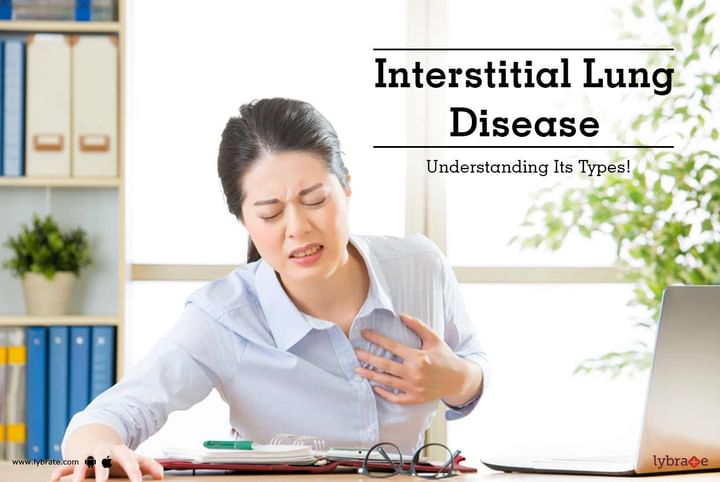Interstitial Lung Disease - Understanding Its Types!
When you suffer from dry, chronic cough along with shortness of breath, it is normal to get worried and annoyed. You will want to know the cause and the cure. Note that it might be due to a condition called the interstitial lung disease.
Including almost more than 200 different lung conditions, interstitial lung disease refers to the inflammation and scarring caused in the lungs, which leads to less oxygen entering the blood. Mainly affecting the interstitial part of the anatomic structure of the lungs, which is responsible for the oxygen flow into the blood, interstitial lung disease can damage other parts of the lungs too, such as the lung lining, the airways or the blood vessels. The following is a brief account of the types, causes, symptoms, and treatment of ILD.
Types
Interstitial lung disease can be of various kinds, though all of them leads to the thickening of the lung’s interstitial part. Some of the types of ILD are
- Nonspecific interstitial pneumonitis
- Idiopathic pulmonary fibrosis
- Acute interstitial pneumonitis
- Hypersensitivity pneumonitis
- Asbestosis
- Sarcoidosis
- Cryptogenic organizing pneumonia or COP, etc.
While some of the ILD types are short lived, some are irreversible and chronic.
The primary causes of interstitial lung disease are viruses, fungi, and bacteria. Regular exposure to inhalable irritants such as talc, silica dust, asbestos, coal dust or any other kind of metal dust, bird proteins of pigeons, chickens or any exotic birds, grain dust, etc. can also cause interstitial lung disease. Though rare, sometimes it is the intake of particular drugs that may cause ILD. For the majority of interstitial lung diseases, the exact cause is not always known.
Both men and women of any age can develop this disease, and it is more common in people with rheumatoid arthritis, lupus, scleroderma, and autoimmune disease. Some of the primary symptoms and signs of interstitial lung disease are nonproductive dry cough, shortness of breath, and considerable weight loss. While for some types of ILDs the symptoms develop slowly and gradually over months, for others, such as the acute interstitial pneumonitis or interstitial pneumonia, the symptoms develop more rapidly, within days or a few hours.
For identifying the presence of ILD, doctors usually rely upon chest X-ray, CT scan or computed tomography, pulmonary function testing, high-resolution CT scan, and lung biopsy. In case no apparent cause behind the disease is found from the tests, a patient's history of being exposed to certain chemical environments is then taken into consideration.
Depending on the type and severity of the disease the treatment options vary from one to another. While for some taking prescribed drugs can offer a solution to prevent the lungs from deteriorating further, for some a complete lung transplant may become the only solution. Treatments like pulmonary rehabilitation and oxygen therapy can also be ideal, based on the condition of the lungs.
Thus, if one is constantly exposed to lung irritants and experiences the symptoms of interstitial lung disease for more than eight weeks, he/she must seek the advice of a pulmonologist without delay as the condition may lead to severe complications when left untreated.
In case you have a concern or query you can always consult an expert & get answers to your questions!



+1.svg)
